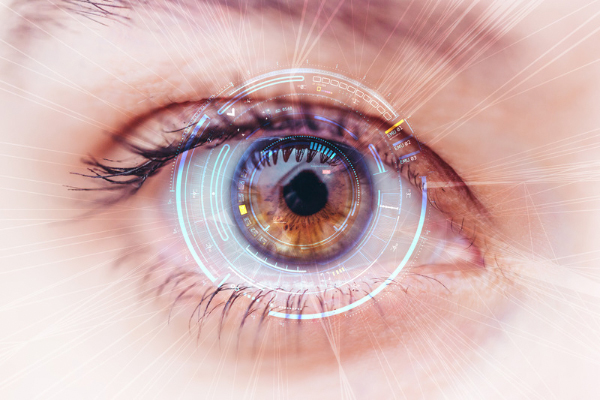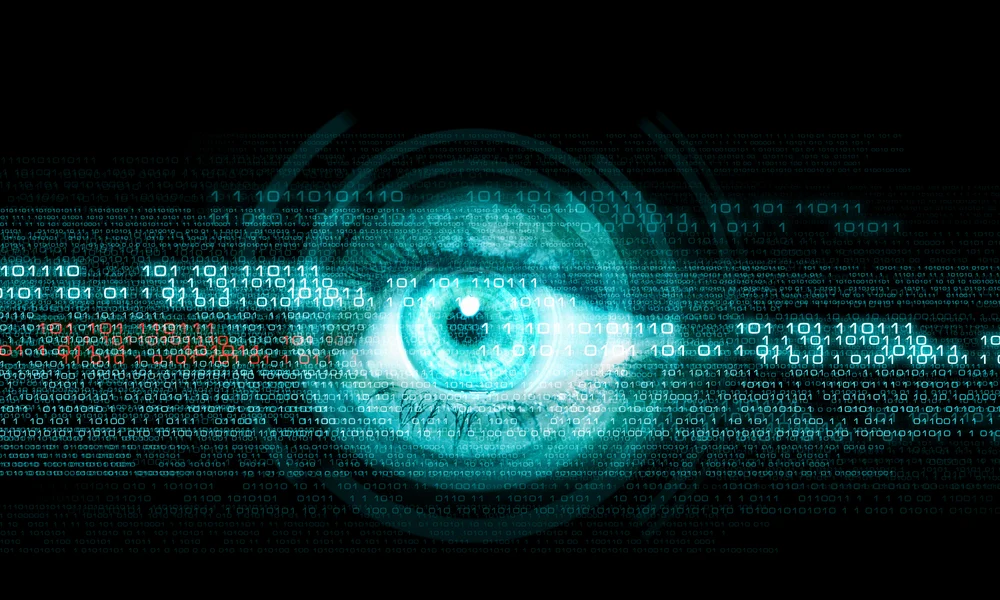How Accurate Is Eye Detect? Exploring Its Reliability
It is an approach that examines involuntary eye movements and pupil dilation to gain a professionally objective overview of one’s truthfulness over conventional methods like polygraphs. The eye detect test is assessing its usefulness in different applications relies on knowing how accurate and reliable the system is.
Eye Detect Technology Explained
Eye Detect is based on the theory that lying creates certain physiological responses – including pupil dilation and eye movement changes. The subject then has to answer a series of questions during which his eye movements are tracked via the test.
Factors Affecting Accuracy
- Baseline Variability: Eye Detect is accurate according to whether or not this saves a correct standard value of physiological reactions in the subject. Differences in baseline measurement affect results reliability. If the baseline is incorrect, all following responses tend to be incorrectly interpreted.
- Emotional and Physical State: The emotionality and condition of the examinee can greatly affect how they respond to Eye Detect. Eye movements and pupil dilation can be affected by stress, anxiety or medical conditions making the results sensitive to false positives or negatives.

- Question Design: The way the questions are worded during an Eye Detect is essential for accurate results. Questions should be clear, aligned and phrased such that they do not create too much ambiguity. The shallow questions that are badly made give rise to confusion hence a misinterpretation arises leading all the results would be too general and useless.
- Technological Restrictions: Eye Detect is based on the best technology, but it does have shortcomings. The eye data analysis algorithms is complex, but also error-prone. The technology, of course, is in its infancy and requires future enhancements to be made more robust.
Empirical Evidence
Eye Detect research has validity rates ranging from 85% to 95%. While these data points certainly show that Eye Detect can be an effective way to detect deception, they also clearly leave much room for improvement. These accuracy rates should be considered in the context of how Eye Detect is used, as well as the nature of this testing environment.
But the accuracy of that is dependent on baseline variability, subject state and question formulation or technological limitations. Although Eye Detect sounds exciting, results must be taken with a grain of salt and seen as one part in the complex mechanical process. Eye detect test program appears to be a highly promising tool but should always remain part of an entire investigative process-a piece that helps connect all the other corroborative dots in important investigations.















